What is Aerial?
Aerial arts refer to the performance of acrobatics, dance, and other aerial skills using various apparatuses suspended off the ground. These arts combine strength, flexibility, creativity, and artistry, and often appear in circus performances, theatrical productions, and fitness routines. Aerial artists may perform solo or in groups, incorporating acrobatic tricks, poses, and choreography while suspended from ropes, silks, or other devices.
There are different types of aerial arts, each with its own apparatus and techniques. It’s a physically demanding discipline that involves both athleticism and artistry.
Each aerial apparatus presents unique challenges and requires a mix of physical skills (strength, flexibility, and coordination) and artistic expression. Aerial dance often fuses elements of modern dance, gymnastics, and acrobatics with the visual impact of the suspended environment. It’s a discipline that is both demanding and visually stunning, pushing performers to explore the possibilities of movement in mid-air.
Apparatuses Offered at Above Ground
Aerial Silks (Fabric/Tails)
- Description: A long piece of fabric folded and suspended from a height. Aerialists climb, wrap, and twist the fabric around themselves to perform various poses, drops, and tricks.
- Key Features: Requires upper body strength, core stability, and flexibility. Artists often perform fluid, graceful movements, as well as high-flying drops that involve wrapping and unwrapping the fabric.
- Performing Style: Mostly used for vertical movements and drops, as well as intricate poses. Silks have a dramatic, flowing aesthetic.
Aerial Sling (Hammock)
- Description: Similar to aerial silks but instead of two separate pieces of fabric, the sling consists of a single, wide loop or hammock of fabric. It is used for supported poses, inversions, and dynamic moves.
-Key Features: The sling provides more support compared to silks, so it's often used for more static poses or tricks that require holding positions for extended periods.
- Performing Style: Often incorporates a mix of static poses, inversions, and transitions, with more emphasis on strength and control.
Lyra (Hoop)
-Description: A circular steel hoop suspended from the ceiling. Aerialists perform tricks and poses while inside, on, or hanging from the hoop.
- Key Features: Requires core strength, flexibility, and grip strength to hold various positions. Lyra routines tend to include both static poses and dynamic, spinning tricks.
- Performing Style: Lyra is known for its circular, graceful motions and is often used for acrobatic and balletic routines. Performers can spin the hoop or use it as a point of support for dynamic moves.
Aerial Rope
(Corde Lisse)
-Description: A single rope suspended from a height. Aerialists climb, balance, and perform acrobatic moves on the rope, often incorporating drops and holds.
- Key Features: It’s a challenging apparatus that requires significant upper body strength, grip, and coordination. Artists often perform dynamic tricks or more static, contortionist-style poses.
- Performing Style: Aerial rope tends to emphasize strength and control, with a focus on climbing, balance, and drops.
Trapeze
- Description: A horizontal bar (or multiple bars) suspended in the air. Performers swing on the bar, often incorporating acrobatic stunts and flips, or they may transfer to another trapeze or to a partner.
- Key Features: Aerial trapeze combines swinging, acrobatics, and drops. It requires timing, coordination, and the ability to move through the air in precise arcs.
- Performing Style: Known for its high-flying, dramatic stunts, trapeze includes moments of suspension, swinging, and flipping, with many routines involving exchanges between performers (partner trapeze).





